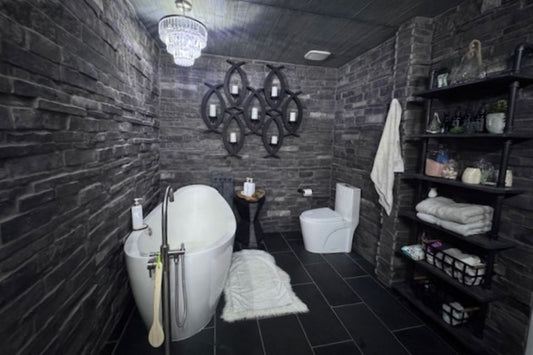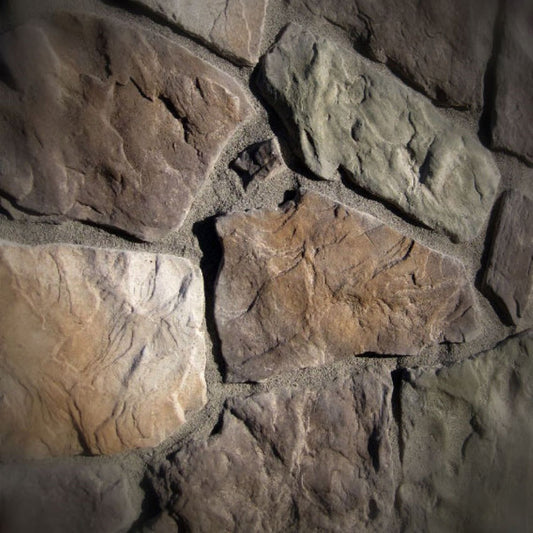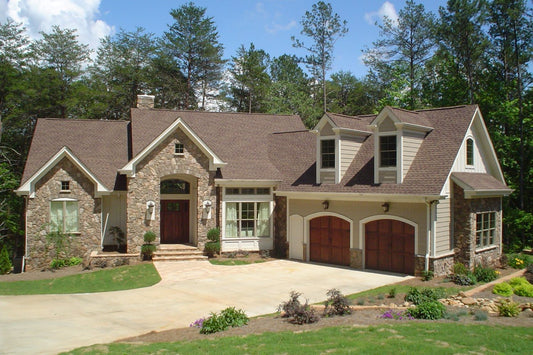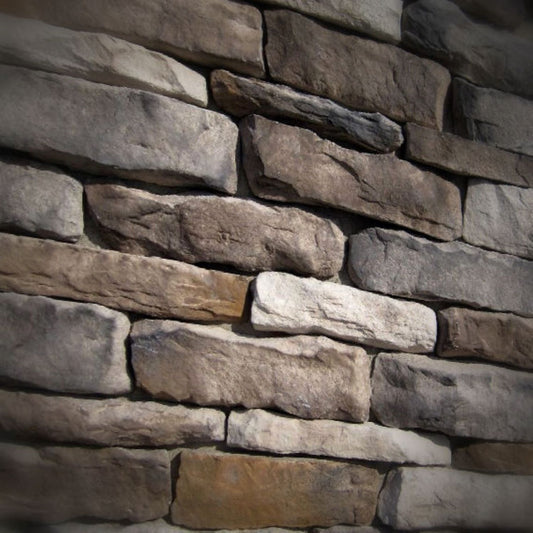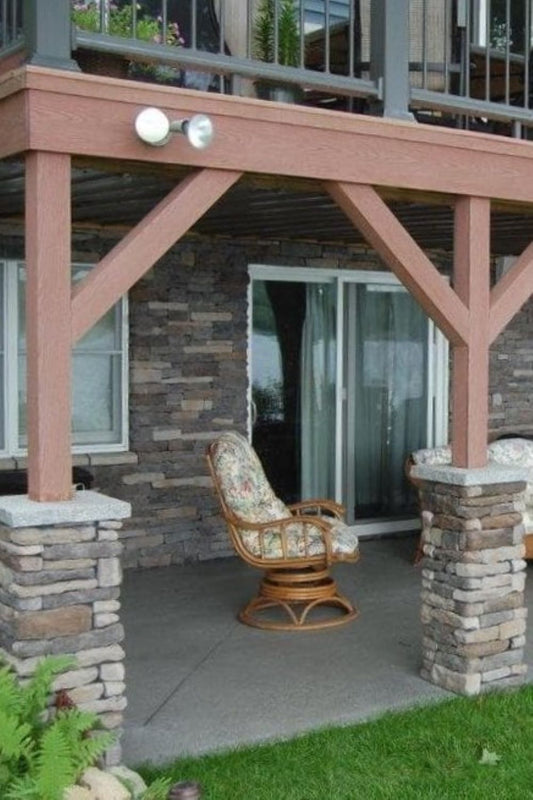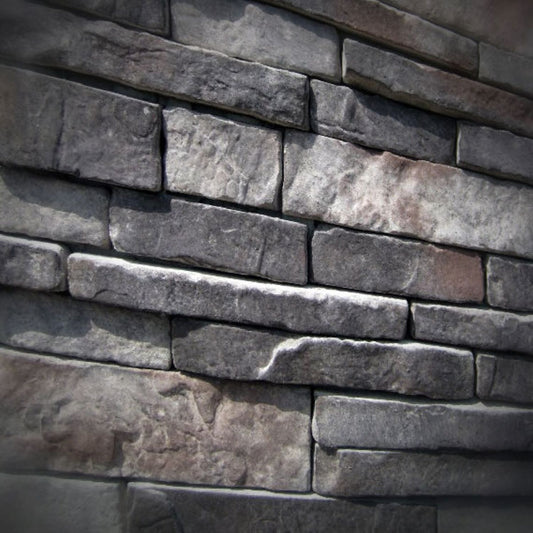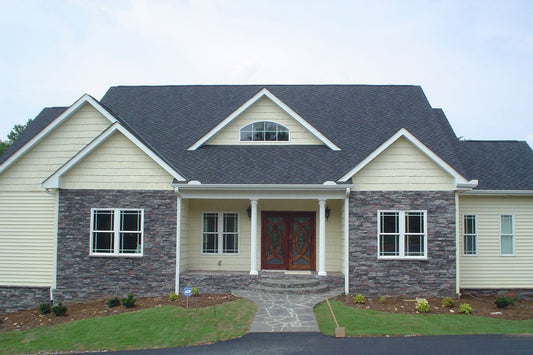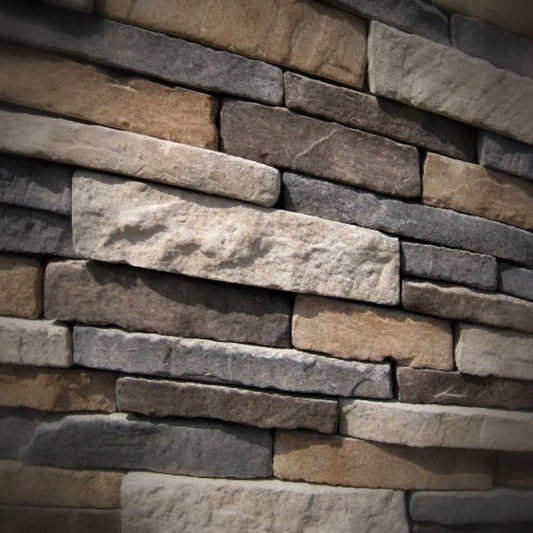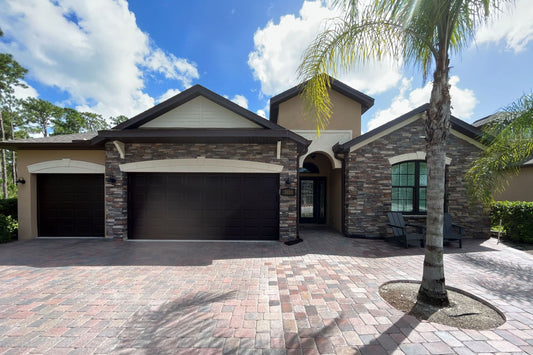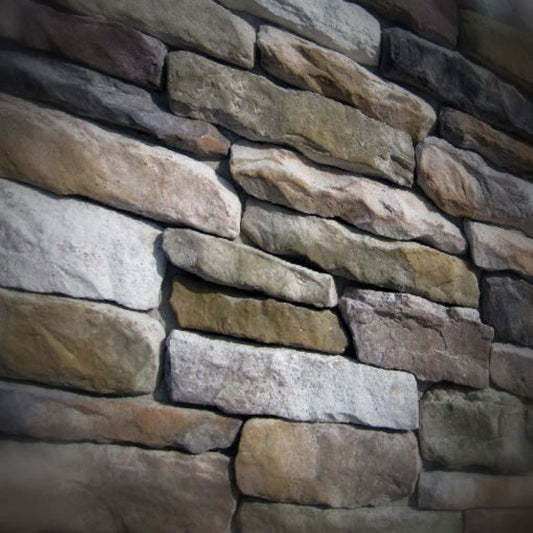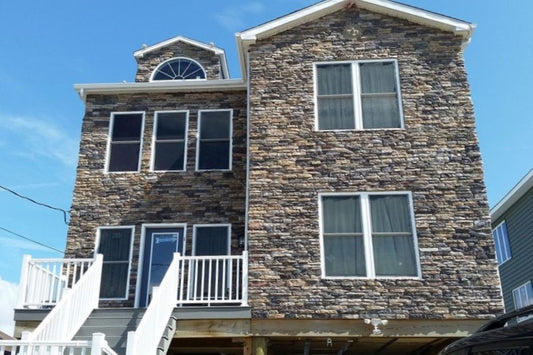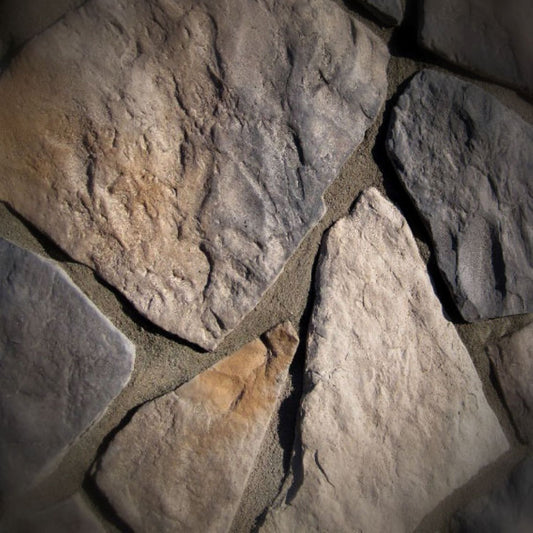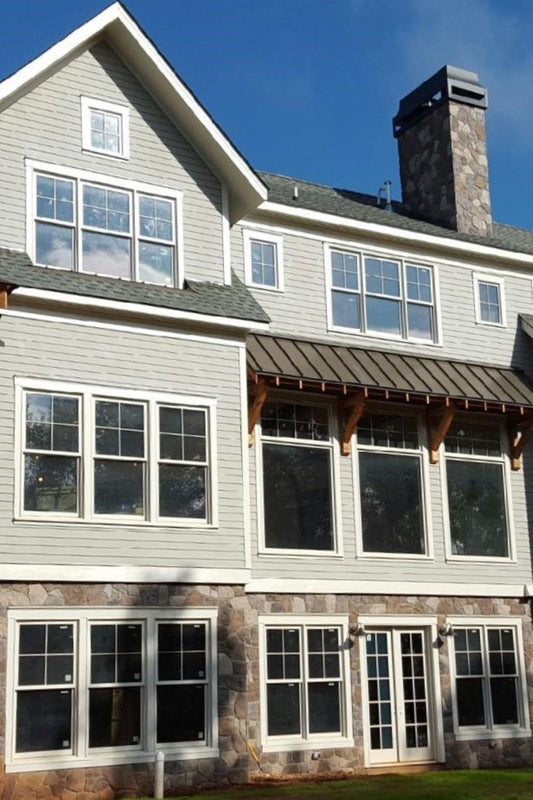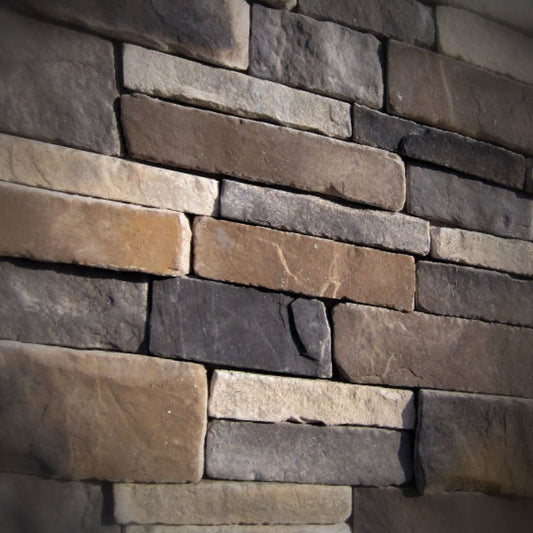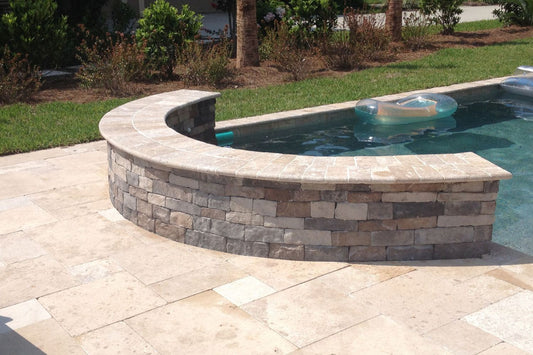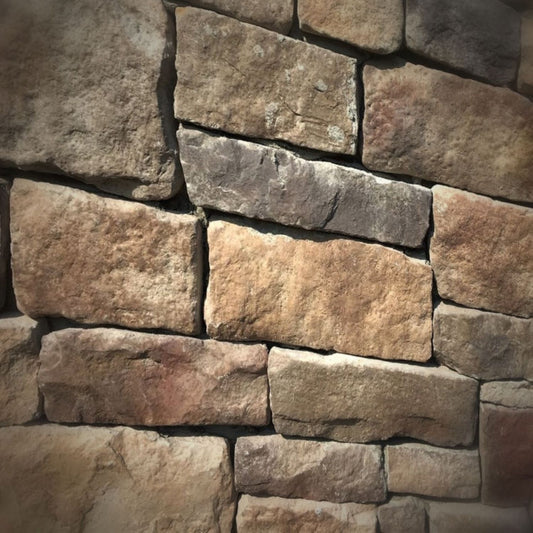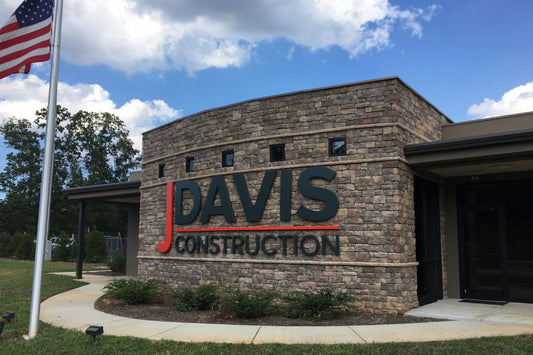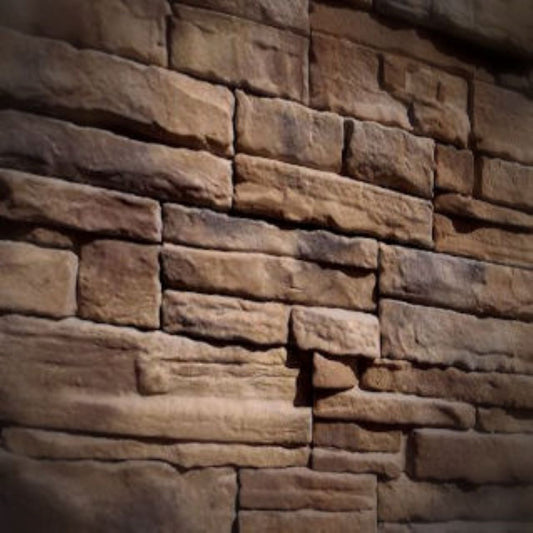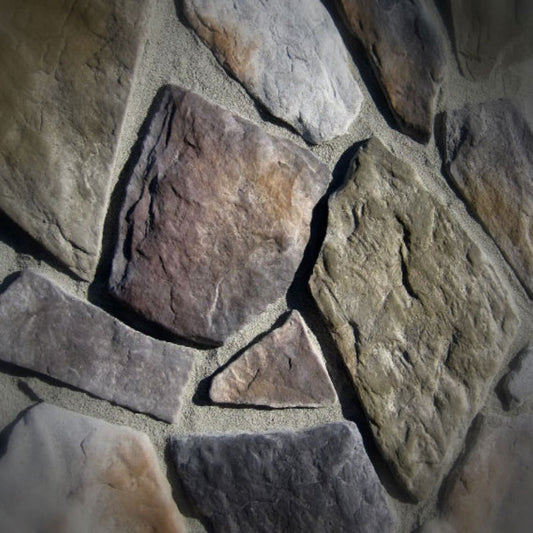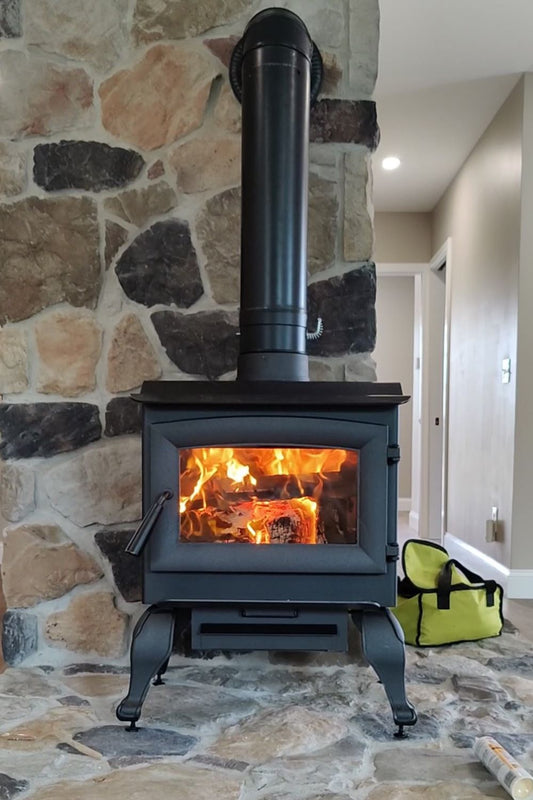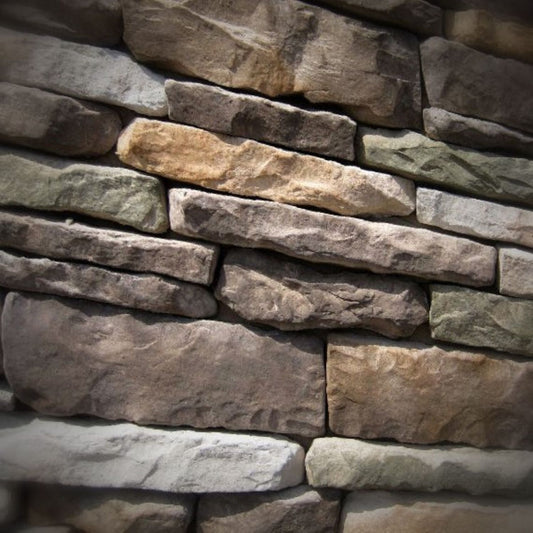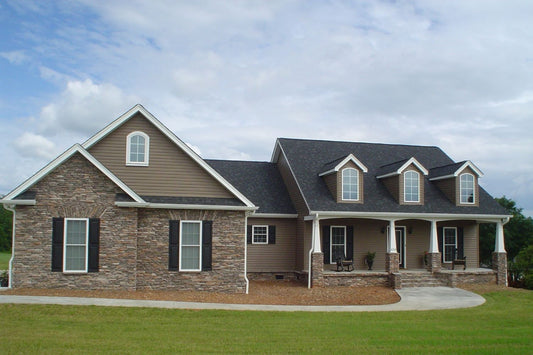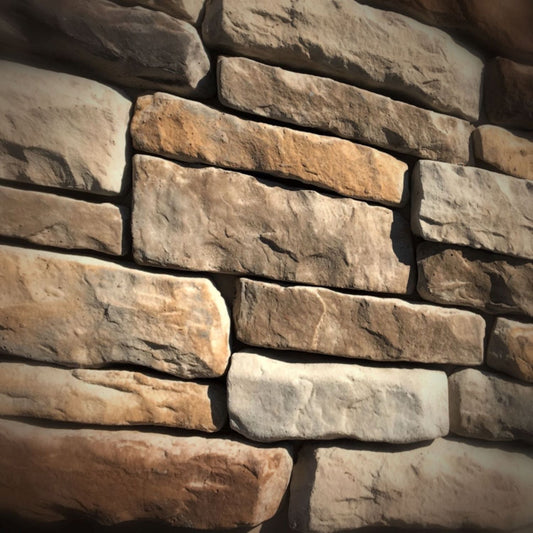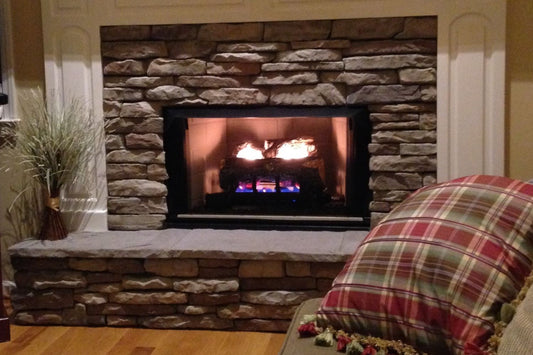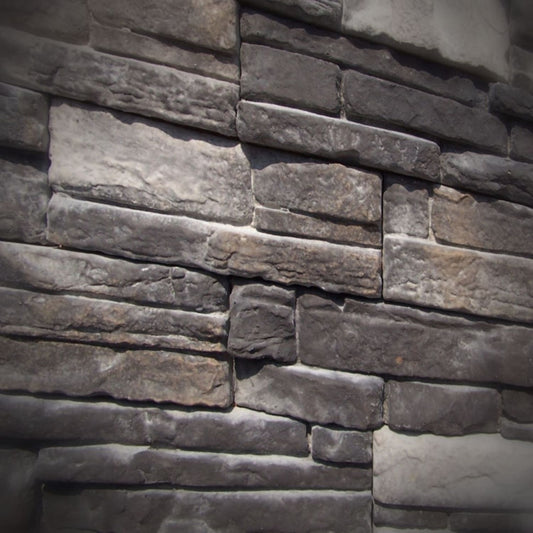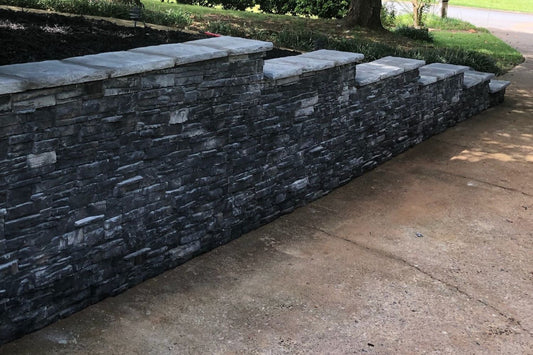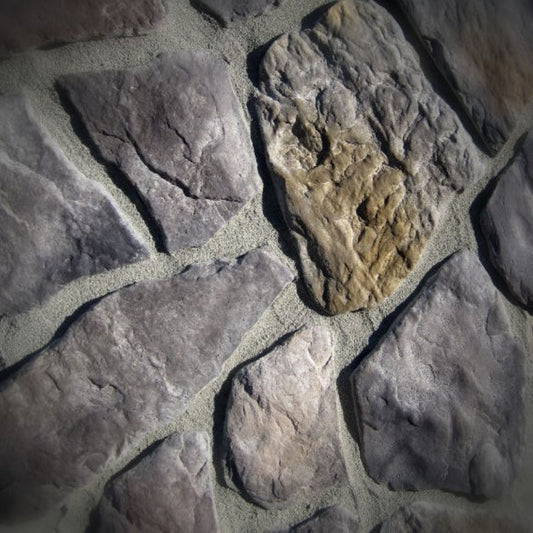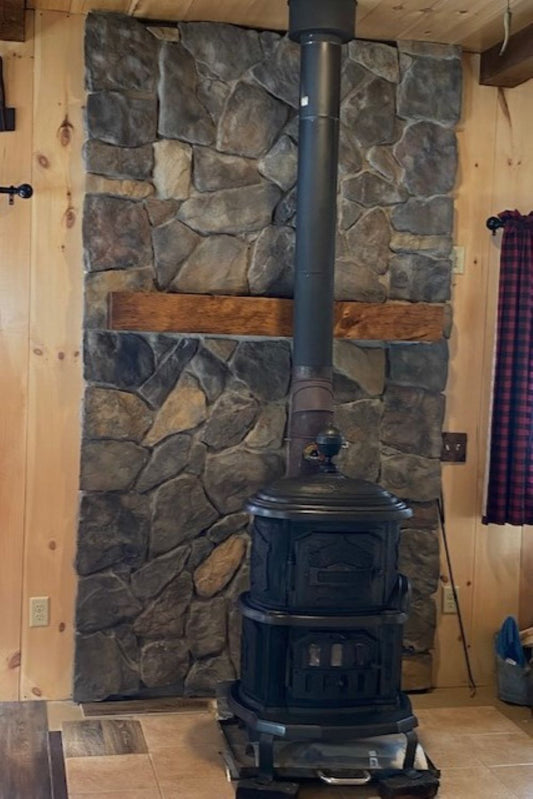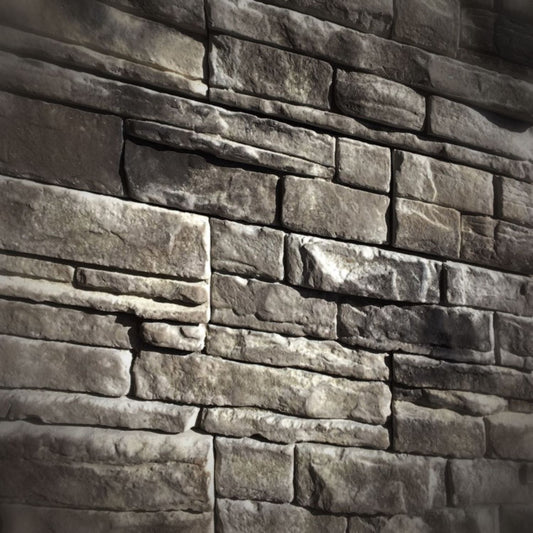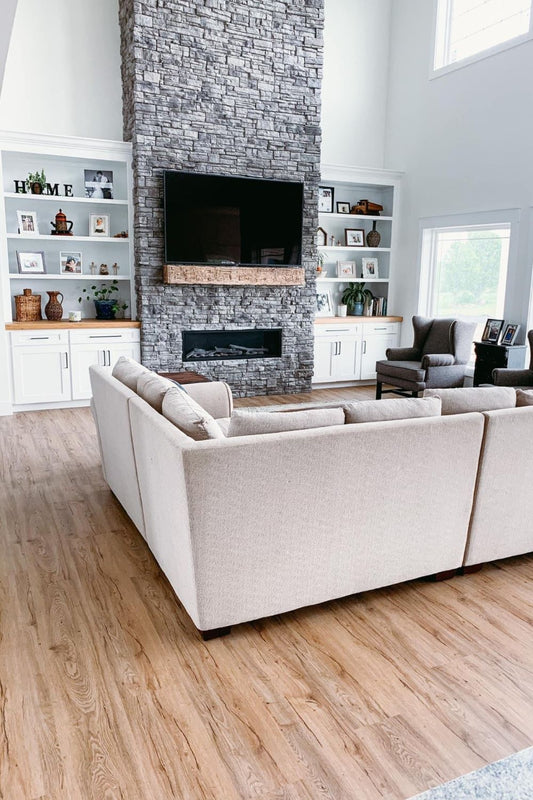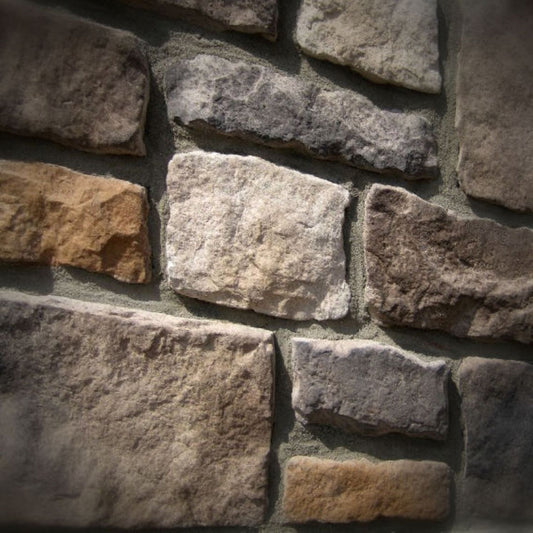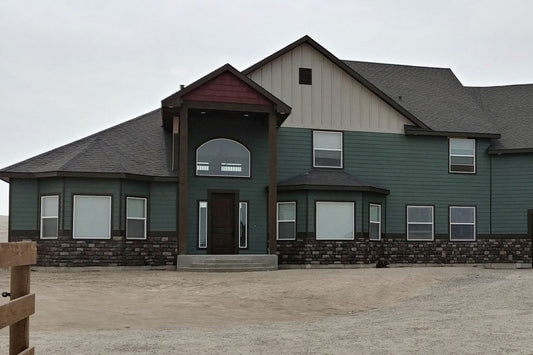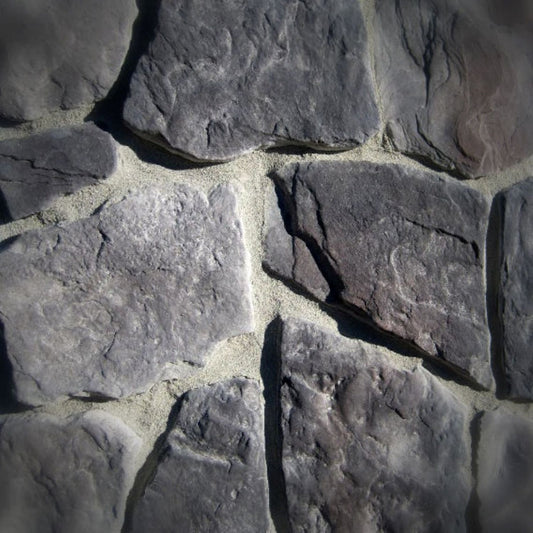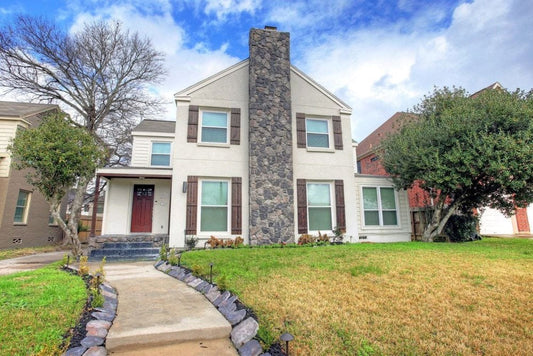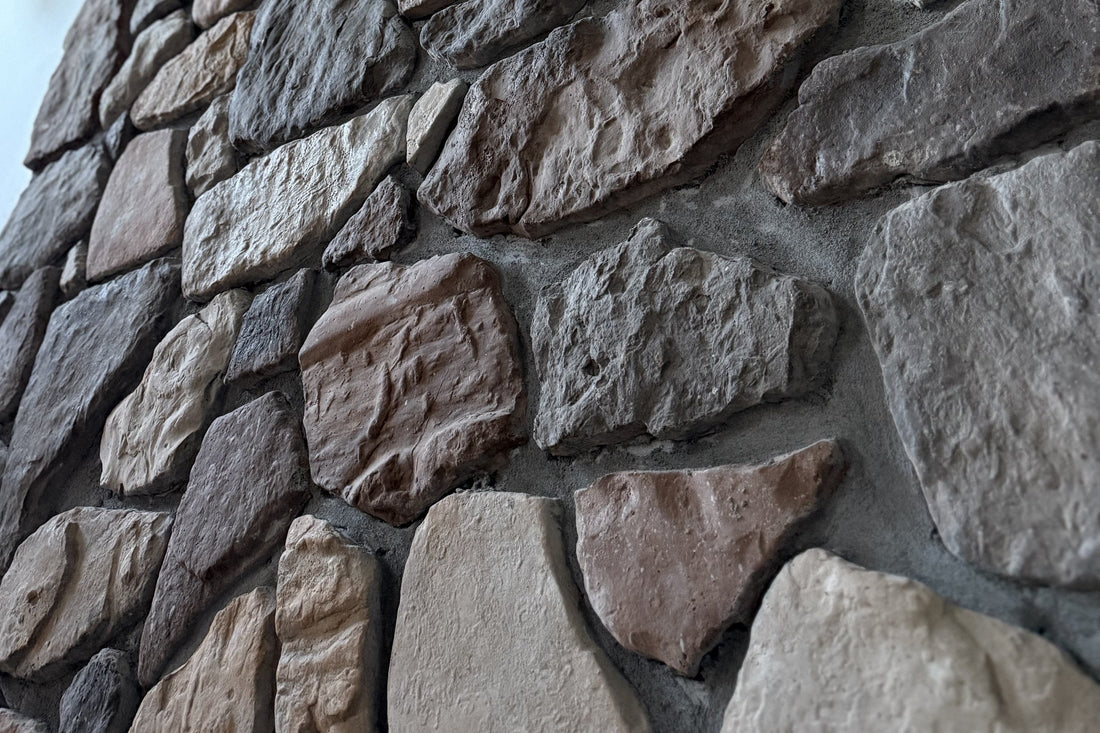
Why Stone Veneer Cannot be Used on Floors
Share
Stone veneer is a popular choice for adding warmth, texture, and visual appeal to walls, fireplaces, columns, and exterior facades. But while its aesthetic versatility is undeniable, one question that occasionally pops up is: Can I use manufactured stone veneer on the floor? The short answer is no, and for good reason. In this blog post, we’ll break down why stone veneer is not suitable for flooring, what risks it poses, and what alternatives you should consider if you're aiming for a similar look underfoot.
Not designed for load-bearing or foot traffic
Stone veneer is a lightweight architectural product intended strictly for vertical surfaces. It’s made from a concrete mixture molded to mimic the look of natural stone but is much thinner and less dense than actual floor-rated stone or tile. Unlike flooring materials, stone veneer lacks the compressive strength and durability to handle repeated foot traffic, furniture loads, or other stresses typical of flooring surfaces.
Surface texture and slip risk
Most stone veneer has a rough, uneven surface designed to create natural-looking shadows and depth on walls. While that looks beautiful in vertical applications, it creates a tripping hazard and an uncomfortable walking surface when laid flat on the floor. In wet areas, it can also become dangerously slippery or hard to clean, especially since many stone veneers are porous and absorb moisture or dirt easily.
Installation methods aren’t floor-compatible
Stone veneer is installed using mortar meant for vertical applications. Flooring installations, on the other hand, require setting materials and grouts that accommodate movement, weight, and traffic. Using stone veneer on a floor can lead to cracking, loosening, and delamination over time, especially in high-traffic zones.
Lack of wear resistance
Even if you were to install it securely, stone veneer is not wear-rated. It’s simply not built to resist scuffing, chipping, or abrasion from shoes, pets, or dragged furniture. Over time, your floors would show premature signs of damage and degradation.
No flooring code compliance or warranty
Stone veneer products are not tested or certified for horizontal use. Using them on the floor would likely void any manufacturer warranties and violate building code requirements, especially in commercial spaces or wet environments like bathrooms or kitchens.
Better alternatives for a stone look on floors
If you love the look of stone and want it on your floors, consider these safer and more durable options such as natural stone tile (like slate, travertine, or limestone), porcelain tile with a stone texture or print, stamped concrete with a stone pattern, or luxury vinyl plank (LVP) or luxury vinyl tile (LVT) with a stone finish. These products are engineered for flooring and offer the visual appeal of stone without sacrificing safety or durability.
Why stone veneer cannot be used on floors
While stone veneer excels as a wall cladding material, it’s simply not built for floor use. Its structural limitations, uneven texture, and lack of durability make it an impractical and potentially hazardous choice underfoot. Stick to materials designed for floors, and let stone veneer do what it does best, bring character and charm to your vertical surfaces.
What's next?
Turn your vision into reality with our premium stone veneer! Shop now to discover your ideal style or order a sample to see and feel the texture and color up close. Get started on your project today!
Have a question?
Please see our full terms of service.
For general information and questions please call: (864) 882-8960 Mon. - Fri. 8am - 5pm (EST) or email: info@mountainviewstone.net we are more than happy to help you.
Or you can submit your questions via our contact us page.
We look forward to working with you on your upcoming project.
The Black Bear Mountain Stone Team


